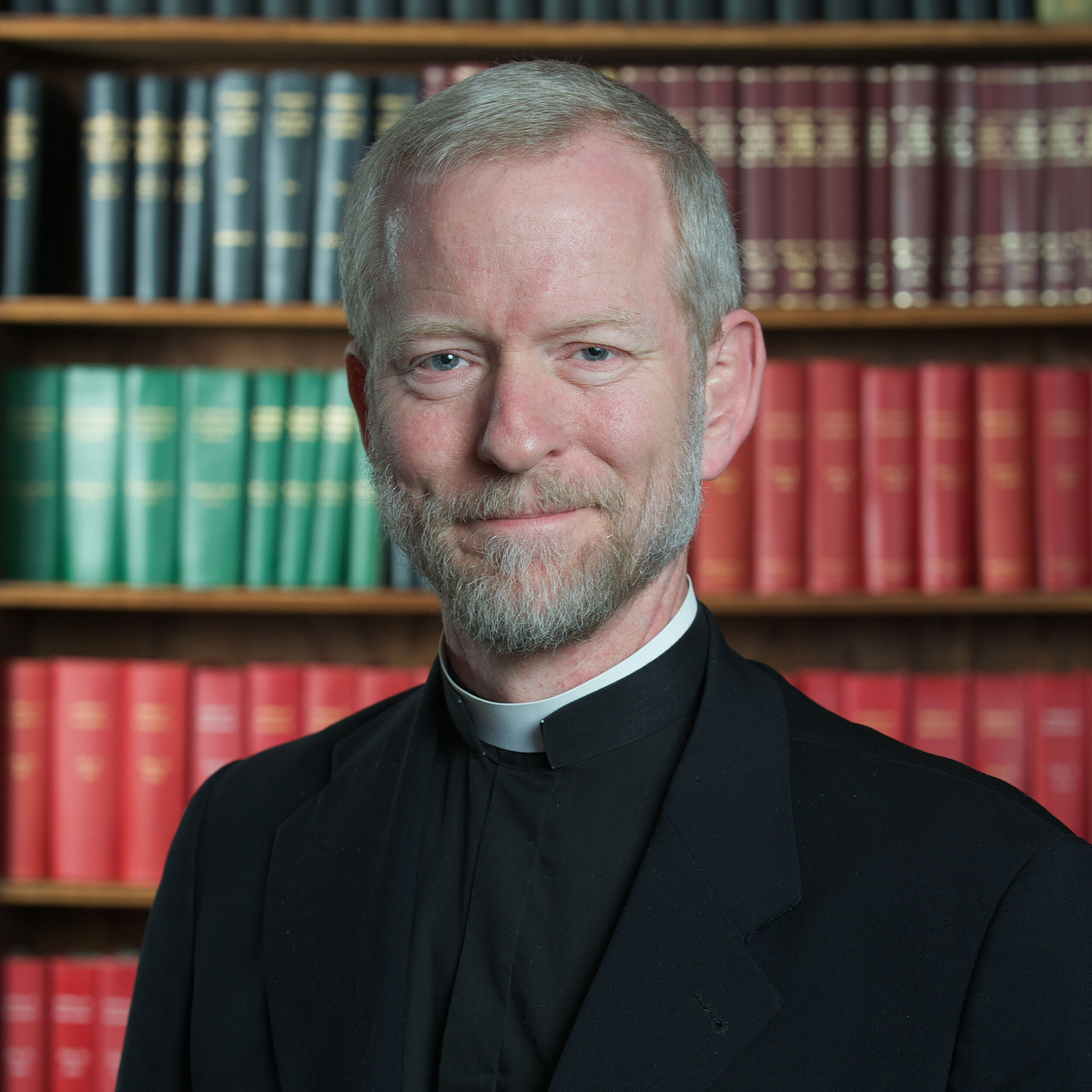Making Sense of Bioethics: Column 060: Overselling the Synthetic Cell
In an article entitled "How We Created the First Synthetic Cell," Dr. J. Craig Venter waxed broadly about how his research team had succeeded in constructing a bacterial cell out of its component parts. The story, which captured the imagination of the media, appeared to be a jaw-dropping breakthrough: "Scientists have created artificial life in a laboratory!" Such headlines evoke images of a Frankenstein-like creation, a Jurassic Park monster, or an alien life form. But in the final analysis, the scientific achievement of Venter and his team, although notable, is considerably less dramatic.
The term "synthetic cell" suggests that they constructed the entire cell, brick by brick, molecule by molecule, from the ground up. What they really did was create a synthetic genome (a chemically manufactured copy of all the genes of a bacterium). This gigantic piece of DNA (a chromosome that happens to be the longest string of DNA ever assembled in the laboratory) was then placed inside another bacterium. Venter's group, rather than creating bacterial life out of nonliving matter, instead achieved the impressive technical feat of converting one type of bacterium into another when the new DNA was introduced. Venter himself, notwithstanding his previous attempts at self-promotion, stressed: "We definitely have not created life from scratch because we used a recipient cell to boot up the synthetic chromosome." His accomplishment, then, was to produce a large synthetic genome, not "synthetic life" itself.
Nevertheless, a number of commentators managed to miss the point. Bioethicist Art Caplan, writing on the Scientific American website, suggested that Venter's "synthetic cell" dispels the notion that life "is sacred, special, ineffable and beyond human understanding."
Faye Flam mused in a similar vein in the Philadelphia Inquirer:
What's shocking about the new organism isn't that it breaches a boundary between inanimate matter and life, but that it shows that no such boundary exists. Life is chemistry."She became more outlandish still when in suggesting that chemicals "have the power to assemble themselves into organisms - even complicated ones that can contemplate their own place in the universe...
Natalie Angier of the New York Times, meanwhile, was more measured and precise in summarizing Venter's work:
Every cell is a microcosm of life, and neither the Venter team nor anybody else has come close to recreating the cell from scratch. If anything, the new report underscores how dependent biologists remain on its encapsulated power. Bonnie L. Bassler, a microbiologist at Princeton, said, 'They started with a known genome, a set of genes that nature had given us, and they had to put their genome into a live cell with all the complex goo and ingredients to make the thing go.'
The Vatican newspaper L'Osservatore Romano, while noting how Venter's work is an impressive example of cutting-edge genetic engineering, also stressed that the researchers who created the cell had not created life, just "replaced one of its motors."
Even though Venter's work does not fundamentally alter our understanding of life itself, it does challenge us to reflect on our increasing technical ability to manipulate life and to dominate it. The arrogant suggestion that man should "create life" and the accompanying Promethean quest for power and fame through such endeavors should raise some alarm bells. Reducing life, even though it is non-human life, to merely another quantity that we control, exploit, and subject to market forces is to coarsen our sensibilities towards an important measure of our own being. In every living organism, whether humble bacterium, plant or animal, we encounter a faint glimmer of our own delicate life.
Professor Erwin Chargaff, who did pioneering work on the molecular structure of DNA, once commented in his rather biting style on the modern, almost condescending scientific attitude toward life:
Because life is a mystery and will remain so, because we still can't say what life is, we need to be very careful. If we could find a way to turn off the element of self-interest, then there would be no problem. But our era is so appalling that, if [Sir Isaac] Newton were alive today, he'd have taken out a patent on gravity and we'd have to pay to walk around. One should not impose all the conventions of a market economy on the questions of life.
Even as our ability to manipulate biological life in the laboratory continues to grow, the principle of life itself remains elusive and beyond our grasp. Living beings, with all their structure and complexity, should never cease to impress us and inspire us with a certain awe, so that even in our bated eagerness to harness their powers, we might avoid reducing life itself to a mere commodity to be conquered by our biotechnical prowess.
Copyright © 2020, The National Catholic Bioethics Center, Philadelphia, PA. All rights reserved.

